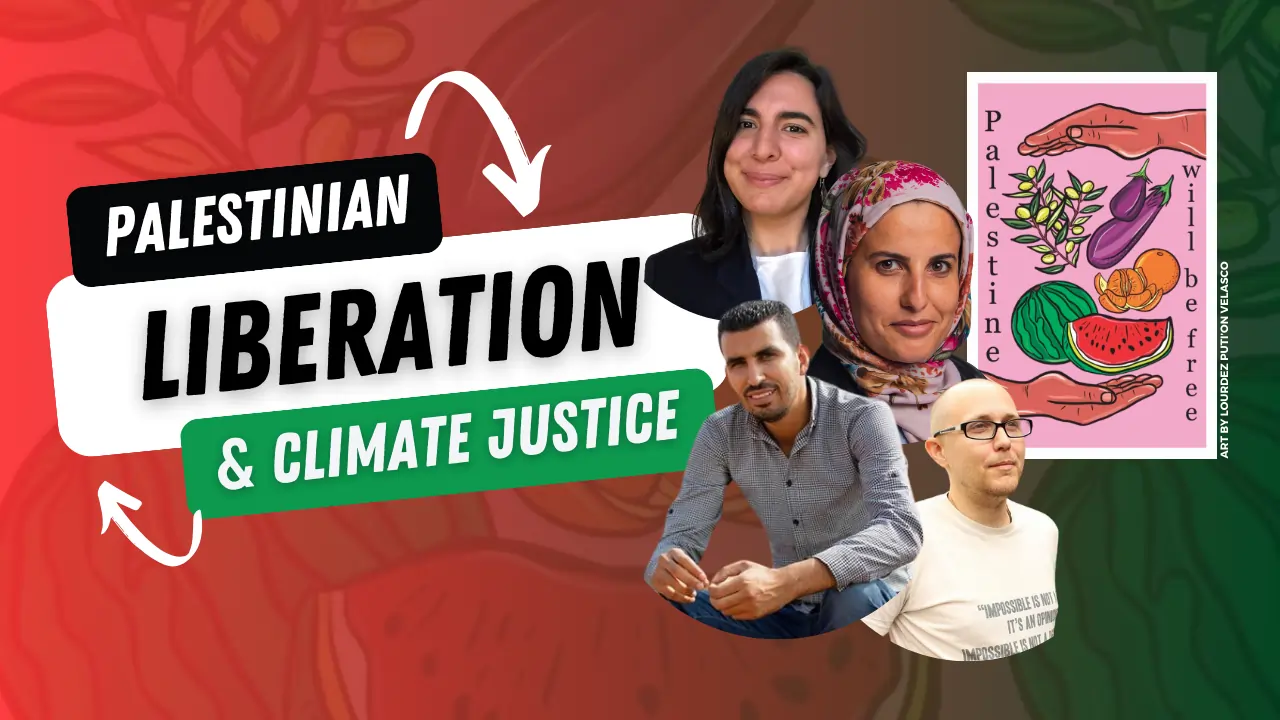In December 2009, Timberwatch released a preliminary report by Blessing Karumbidza & Wally Menne titled: Potential Impacts of Tree Plantation Projects under the CDM – An African Case Study
After visits to the site of the proposed Idete CDM tree plantation project in southern Tanzania in 2010, and gathering additional information from other sources, the authors’ findings have been documented in this comprehensive 90-page report, which includes numerous photographs.
CDM Carbon Sink Tree Plantations – A case study in Tanzania
by Blessing Karumbidza and Wally Menne, with a section by the ENVIROCARE NGO (Dar es Salaam)
Overview:
This new report expands on the preliminary Timberwatch report released in December 2009, and provides greater insight into the commercial and industrial activities of the Norwegian owned company Green Resources Ltd (GRL), and associated issues, in the Mufindi district of Iringa province in southern Tanzania.
It tackles questions concerning the sustainability and viability of alien invasive tree plantations, being used as carbon emission offset projects under the Clean Development Mechanism (CDM) of the Kyoto Protocol (KP).
The report describes the proposed, though already partially planted, CDM tree plantation project at Idete, from which GRL had hoped to earn Certified Emission Reductions (CERs). The company intended to sell the carbon credits from establishing alien pine and eucalyptus plantations in biodiverse grasslands described by GRL as ‘degraded’, to the government of Norway. To earn CERs under the CDM, it should be shown that the project would not have been financially viable without income from the sale of CDM carbon credits. The report challenges assumptions used to justify claims that the project will be a net carbon sink over its lifetime, showing that the opposite is more likely to be the case.
There are contradictions in the role of the government of Norway, as a major oil producer and exporter through Statoil, contributing substantially to global greenhouse gas (GHG) emissions, while financing an environmentally destructive plantation sink project. It has entered into an agreement with GRL to purchase 400 000 carbon credits, subject to the Idete plantations receiving CDM temporary CERs. On the other hand, Norwegian public funds have also been invested in Green Resources Ltd.
Norway wishes to occupy high moral ground and therefore seeks to align itself with progressive policies in social, environmental, human rights and other development issues. In view of the need to address climate change, Norway has committed itself to mitigation projects around the world, seeking to buy more than 6 000 000 carbon credits. The GRL plantations therefore represent an important political investment for the Norwegian government.
Timberwatch has studied the social, cultural, political and economic impacts of industrial tree plantations in South Africa and Swaziland, and has concluded that monoculture tree plantations are non-sustainable from many points of view, even with market-based conservation measures such as Forest Stewardship Council (FSC) certification in place. This research showed major problems with land being alienated from displaced local communities, poor working conditions, the destruction of biodiversity resources upon which communities depend, reduced water availability, and many other direct and indirect effects that impact negatively on local livelihoods.
The industrial tree plantation model is designed to support corporate financial accumulation through so-called ‘economy of scale’ but it ignores their negative effects especially heavy water use and biodiversity loss. Large-scale tree plantations often cause the economic and social marginalisation of local communities. In this instance, the governments of Norway (via GRL) and Tanzania do not appear to have ensured meaningful decision-making for the affected communities. Despite institutional mechanisms being intended to facilitate participation, in reality they serve little purpose other than to green wash. Full free prior informed consent (FPIC) processes do not appear to have been followed.
Good intentions in project founding and establishment documents are not implemented on the ground. This does not necessarily worry the governments and the companies involved as it also means greater profits. It is clear that the government of Tanzania lacks capacity to protect affected communities from abuse and marginalisation during the course of the project. It seems that the government of Tanzania could have agreed to this type of project in the hope of receiving foreign investment in the short term, whilst ignoring long term social and environmental issues.
Another concern is that equitable distribution of income from foreign investment projects is not a strong point of developing country governments. Very rarely do taxes and deductible benefits accruing from a project sanctioned and coordinated at the national level get back to the local communities affected by the activity. This is true of many African countries besides Tanzania and strengthens the case for community self-determination and management of community-business relations. Where this is not possible, mechanisms could be put in place to ensure that a substantial percentage of the income from a project is invested at the local level.
There is a fundamental problem in developing countries such as Tanzania in that opportunities for resource exploitation in combination with large tracts of relatively cheap land are being grabbed by Northern corporations and their local agents. Such ‘investments’ bring a host of new problems, including contagious diseases, especially those transmitted via sexual activity. HIV-AIDS is increasing, reaching deeper into previously un-afflicted communities. This trend disadvantages affected communities, and results in the destruction, degradation or pollution of the natural landscape, while impacting negatively on biodiversity, local culture and water resources, and serves to perpetuate poverty at a national scale.
The report confirms propositions based on similar experiences included in the preliminary report. We hope that existing and potential CDM carbon sink tree and agrofuel plantation projects around the world will in future carry out more inclusive, thorough and wide ranging advance studies to establish the benefits or otherwise of such projects in each local setting.
This project was made possible through support from the Siemenpuu Foundation in Finland. Envirocare in Dar es Salaam took part in and helped arrange workshops and field trips during our visits to Tanzania. Our sincere thanks go to community members and leaders, NGO representatives, managers and workers at Green Resources Ltd, and government officials who shared their views and experiences with us.
Order a print or DVD copy from pl******@ia*****.com
Media enquiries to: ti*********@ia*****.com or bl********@gm***.com
Wally Menne
pl******@ia*****.com
Tel: +27 (0)82 4442083
Skype: wally.menne



